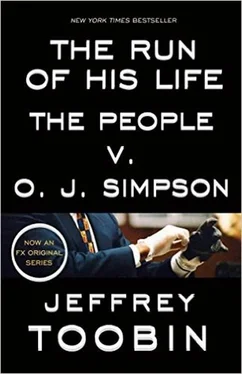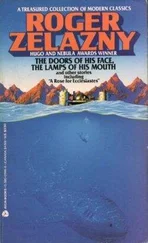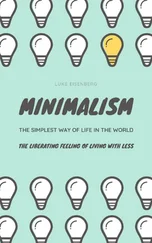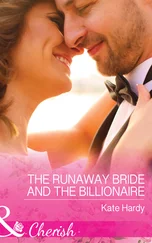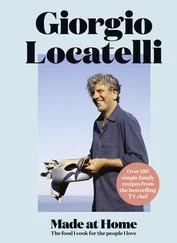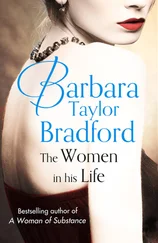Cochran nearly jumped out of his chair. “Objected to, Your Honor,” he sputtered. “I object.” The defense caused such a commotion that Judge Ito excused the jury and told Heidstra to step outside for a moment. Darden patiently recounted to the judge that an acquaintance of Heidstra’s, Patricia Baret, had told Detective Tom Lange that Heidstra told her that “he heard the very angry screaming of an older man who sounded black.” Thus, Darden explained to Ito, he had every right to ask the question.
But Cochran was not to be mollified. “I resent that statement,” he thundered. “You can’t tell by someone’s voice when they’re black. I don’t know who’s made that statement, Baret or Lange. That’s racist.” Cochran continued his tirade: “This statement about whether somebody sounds black or white is racist, and I resent it, and that’s why I stood and objected to it. I think it’s totally improper in America, at this time in 1995, just to hear this and endure this.”
Darden looked stricken. The physical contrast between the two men had never looked greater-Cochran, eyes ablaze, full of blustering vitality; Darden, eyes down, looking skinny in his flopping double-breasted jacket, pacing splay-footed behind the podium. When Cochran finished, Darden replied evenly that he was simply questioning Heidstra about a statement the witness himself had allegedly made earlier. Then he came as close as he ever would to lashing back, and he addressed Cochran with quiet dignity: “That’s created a lot of problems for my family and myself, statements that you make about me and race, Mr. Cochran.” Ito called a recess, and tempers cooled.
Cochran’s outrageous behavior revealed much about him and the way he approached his role as a defense attorney. In the first place, he was simply wrong. Many African-Americans do have distinctive accents and speech patterns. But Cochran’s cynicism ran deep. His outburst came just as one of his witnesses was blowing up in his face. How better to stop an effective cross-examination than by throwing a stink bomb of racial grievance into the middle of the courtroom? When the facts went against them, Simpson’s lawyers turned, as they always did, to race.

Shapiro had not entirely disappeared from the case, and though he had little to do, he maintained his sullen vigil at the defense table to the end. When the time came for Michael Baden to testify, Barry Scheck made like a ventriloquist and fed Shapiro the substantive questions he should ask. With Baden’s testimony, Shapiro could not resist playing the race card in his own clumsy, if genial, way.
Formerly the chief medical examiner of New York City, the curly-haired and loquacious Michael Baden practically ran to the familiar blue witness chair when Shapiro summoned him. As with any expert witness, Shapiro began by eliciting Baden’s qualifications, which were considerable. The jury learned that Baden had graduated from the City College of New York in 1955 and the New York University School of Medicine in 1959. Shapiro asked Baden what awards he had received at City College. Senior-class president, Phi Beta Kappa, and valedictorian, Baden replied.
“And where,” Shapiro continued seamlessly, “was that college located?”
Baden was suddenly struck dumb, clearly puzzled by how the location of City College might edify these jurors on any issue relevant to the guilt or innocence of Shapiro’s client. Baden stumbled as he began his answer. “It’s located in upper Manhattan, New York City,” he said. Then he caught on, and hastily completed his response: “Harlem area of New York City.”
Having informed the nine African-American jurors that this white defense expert came of age in the unofficial capital of black America, Shapiro was off and running.
In example after shameless example, Shapiro sought to turn Baden into an Abraham Lincoln of the autopsy table. Did he serve on any state commissions? “Yes,” Baden replied, “the New York State commission that investigates all deaths that occur in prisons and police custody in New York State”-an entity that, Baden said, had been set up “after the Attica deaths.” Had he served on any federal commissions? Yes, he said, “on the congressional committee formed to investigate the deaths of President John F. Kennedy and Dr. Martin Luther King.” Shapiro then elicited from Baden a lengthy exegesis on “the purpose of the examination of the death of Dr. Martin Luther King.” Asked for any “highlights” of his efforts on behalf of prosecutors over the years, Baden replied, “I was recently a witness for the… prosecutor of Jackson, Mississippi, in the reinvestigation of the death of Medgar Evers, who had been a civil-rights leader who had been killed in 1963.” Had he ever investigated cases for the Los Angeles District Attorney’s Office? Indeed he had. “I was involved in the investigation-and re-autopsy-of the death of a young athlete, a football player in Los Angeles County, Ron Settles, who died in a police precinct in Signal Hill.” Baden then hastened to add, “Initially, I was called by the attorney for the family, Mr. Cochran, Johnnie Cochran.” As for the substance of the Simpson case, Baden had little to add other than that he thought Dr. Lakshmanan used too much guesswork in reconstructing the crime. As for the detectives’ failure to call the coroner immediately after discovering the bodies-which was a subject the defense lawyers had dwelled on for many hours with the police witnesses-Baden had the integrity to admit under cross-examination that it would not have made any difference in determining the time of death.
The story was much the same, several witnesses later, with Henry Lee, another defense expert long on impressive qualifications but short on relevant evidence in the case. Under Scheck’s questioning, the centerpiece of Lee’s testimony was his claim that the LAPD criminalists might have missed a single non-Bruno Magli shoe print at the murder scene. Thus, according to Scheck, there was a second killer at the scene. Yet on close inspection this claim evaporated. There were more than a dozen shoe prints from the size-twelve Bruno Magli shoes-all arranged in a logical progression along the path at Nicole’s condominium. The only evidence of a second killer was this possible-not definite-single shoe print. Did the second killer hop into the murder scene, remain on one foot in one place during the entire struggle, then hop away? The idea that this evidence truly suggested the involvement of a second killer was preposterous. Lee did, however, bestow one gift on the defense. When asked whether his review of the evidence revealed the possibility of tampering, Lee muttered darkly, if vaguely, “Something is wrong.”

Robert Huizenga was more than simply another defense witness whose testimony backfired. The three days on the witness stand of this Beverly Hills internist turned out, surprisingly, to be one of the more profound moments of the trial. Not since Ron Shipp’s pathetic visit to the stand was there so vivid a reminder of the empty world of O.J. Simpson.
At Shapiro’s request, Huizenga had examined Simpson on June 15, 1994, just two days after he returned home from Chicago following the murders. The defense’s (and especially the defendant’s) idea was for Huizenga to testify about Simpson’s various ailments, in an effort to persuade the jury that O.J. lacked the physical ability to commit the crimes. As even a layman could tell, such a claim was absurd. Despite his lingering football injuries, Simpson was bigger, stronger, and fitter than most people in the United States. What Huizenga’s testimony did demonstrate was the extraordinary extent of Simpson’s self-pity. The same side of his character that drove him to complain in his “suicide” note of being a battered husband drove Simpson, during his trial, to embrace Huizenga as a witness. Regardless of the facts, Simpson never saw himself as anything other than a victim. So, overcoming the skepticism of Cochran and other members of the defense team, Simpson and Shapiro (who wanted the airtime) prevailed and called Huizenga to the stand.
Читать дальше
